
Over the years, it appeared in the pages of TIME as the home of Lauren Bacall, the backdrop of Rosemary’s Baby and the tragic scene of John Lennon’s killing. When the New York City apartment building the Dakota was built, however, it was a stretch to believe that anything noteworthy might happen in such a place.
“A $1 million apartment house was considered a folly in the 1880s, when Entrepreneur Edward Clark broke ground west of Central Park at 72nd Street. Rich New Yorkers had never favored apartment living. The site was also so far north and west of fashionable society that it was nicknamed the Dakota after the remote Western territory,” TIME explained in a 1979 review of a book about the building. “Yet Clark went ahead with his ersatz castle, variously described as German Renaissance and Victorian chateau.”
As historian Andrew Alpern explains in his upcoming book The Dakota: A History of the World’s Best-Known Apartment Building—from which the images above are drawn—that early doubt was quickly dispelled and the building went on to become one of New York City’s most recognizable landmarks.
The Dakota: A History of the World’s Best-Known Apartment Building by Andrew Alpern, published by Princeton Architectural Press, will be available beginning Oct. 13.
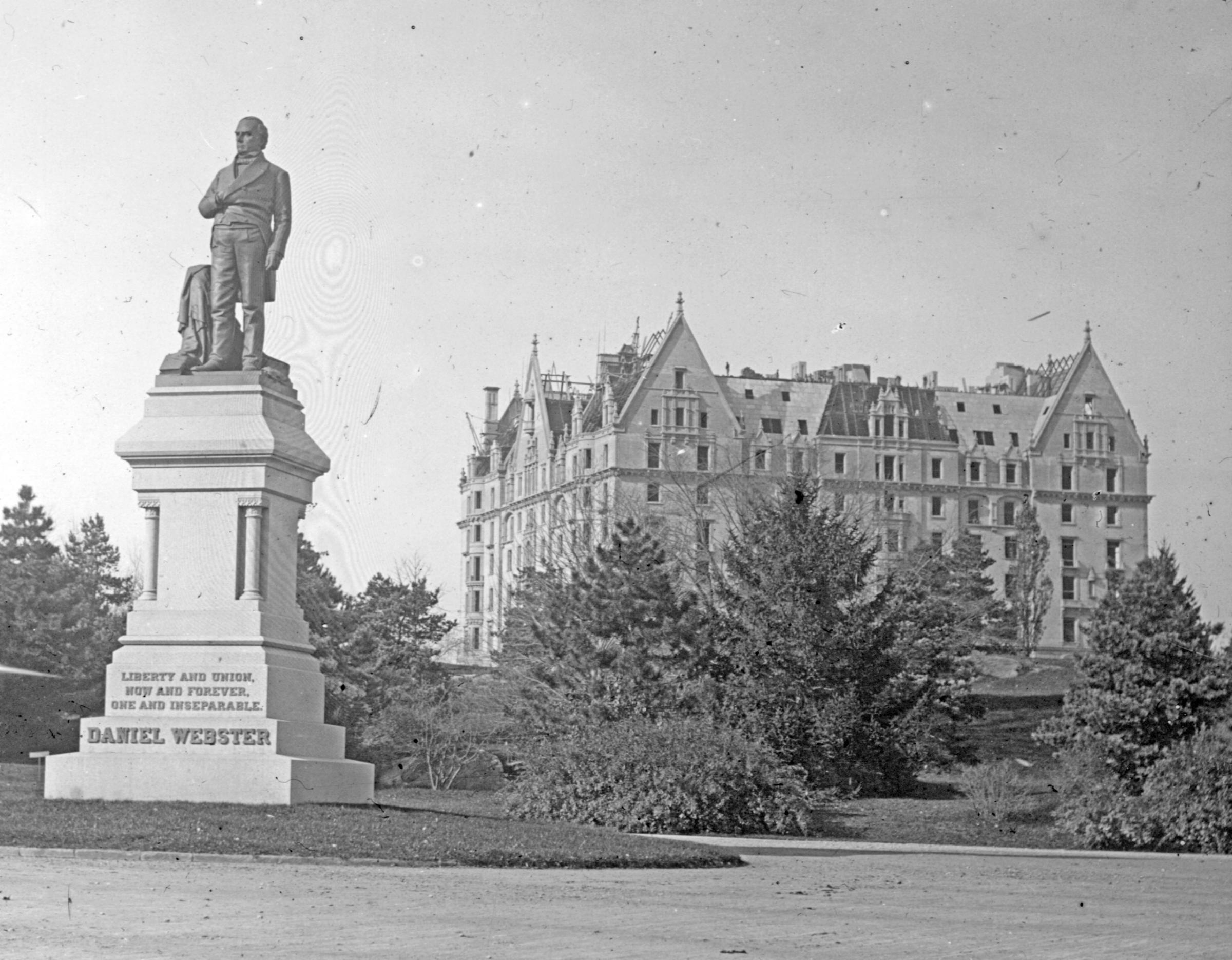


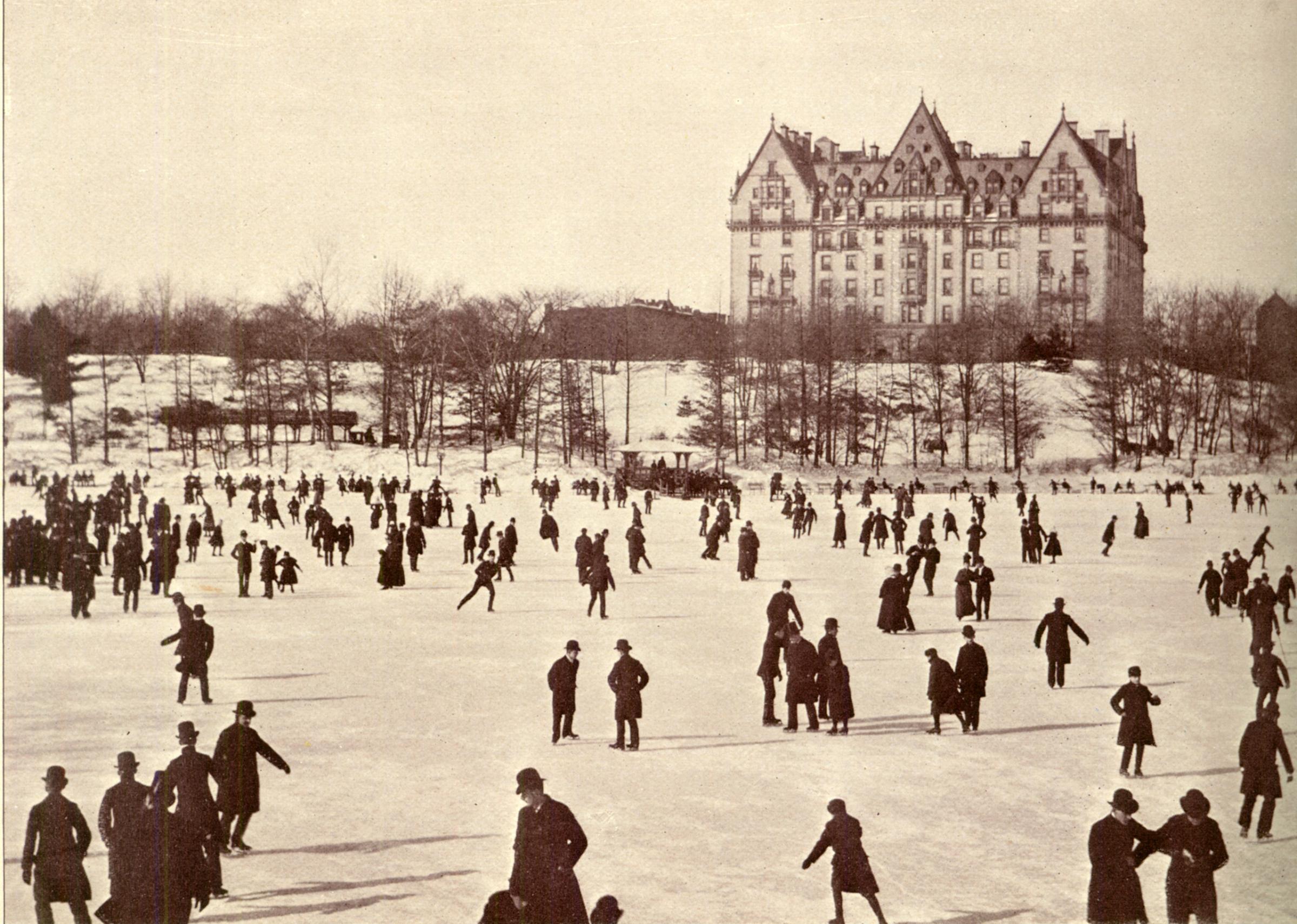
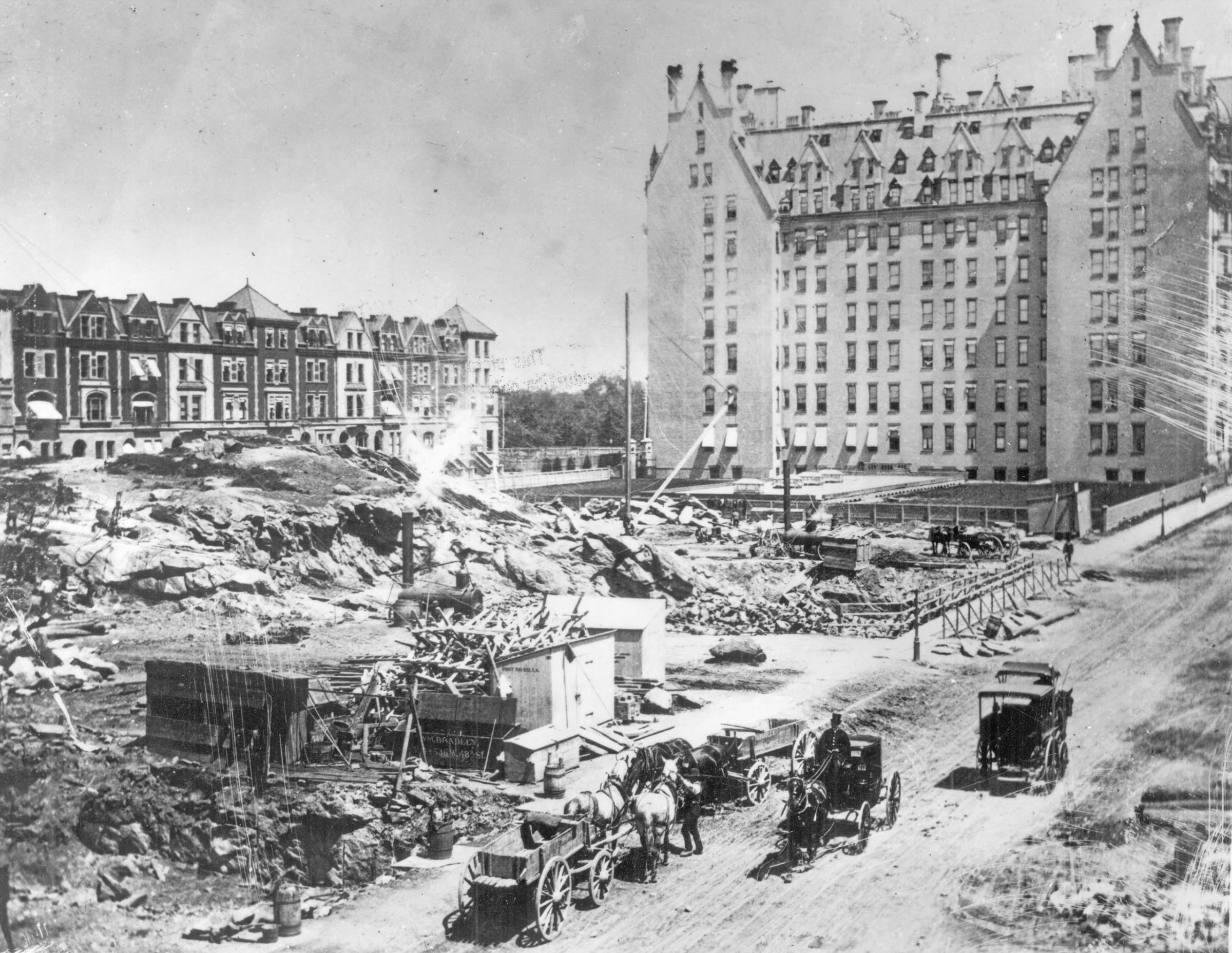
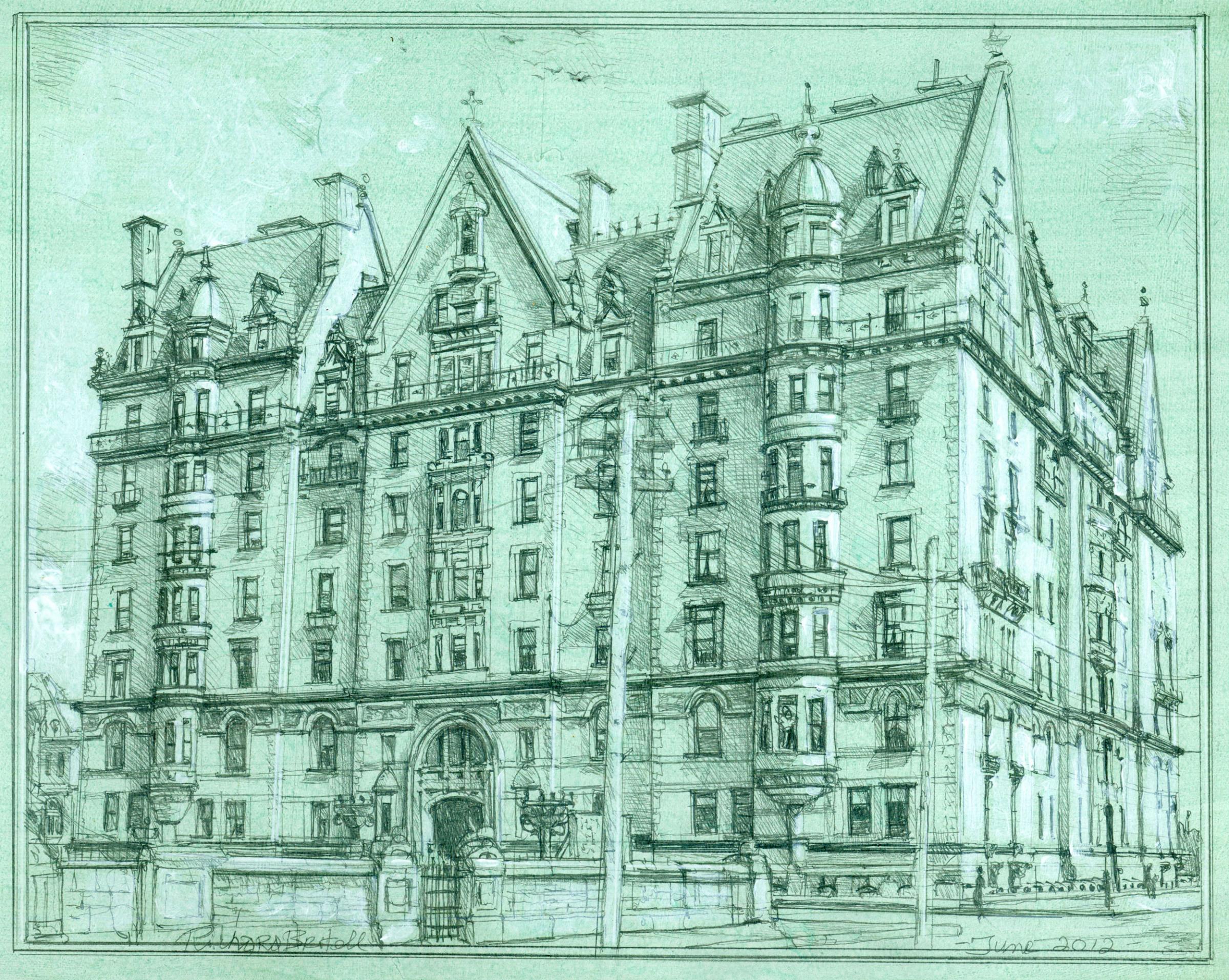
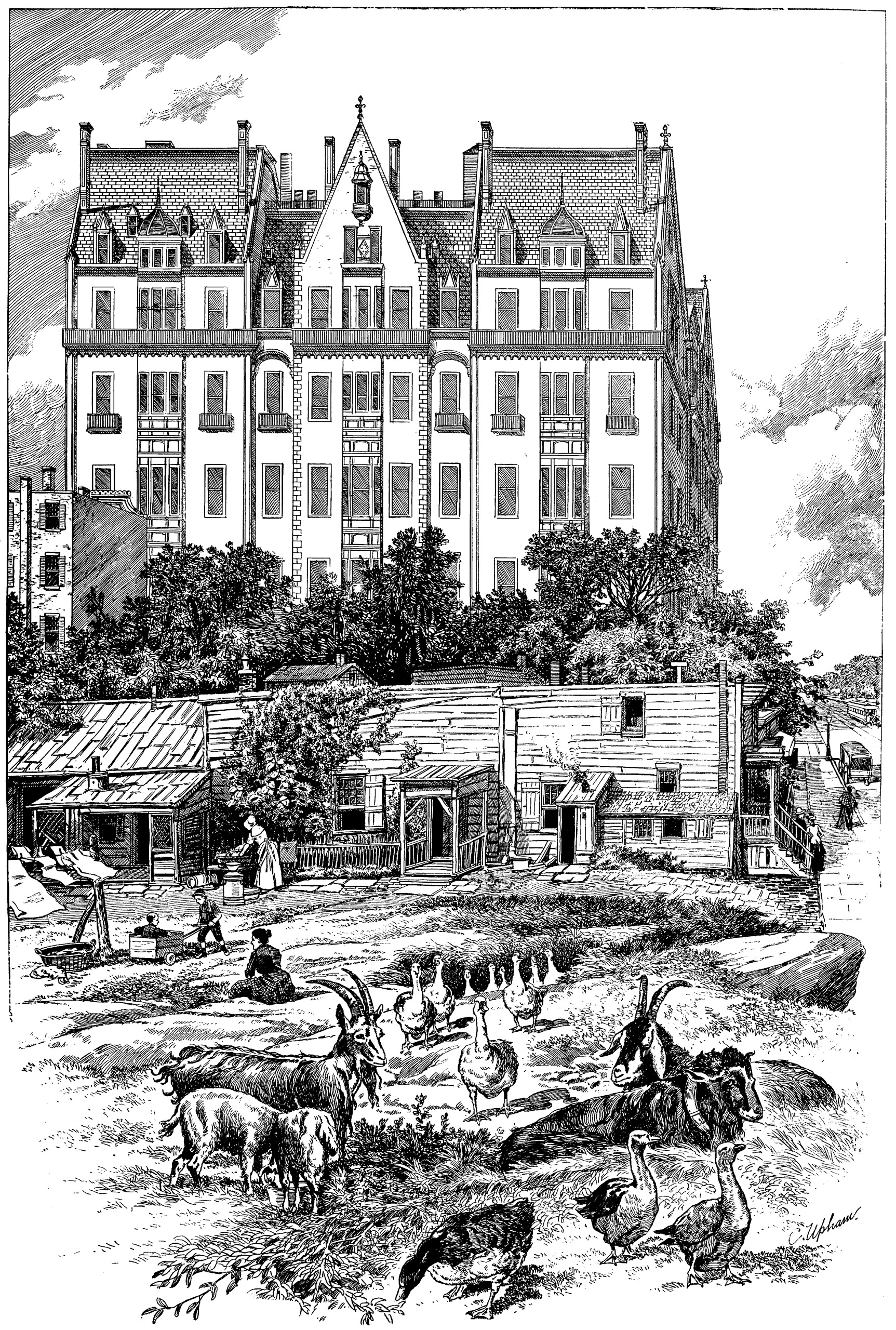
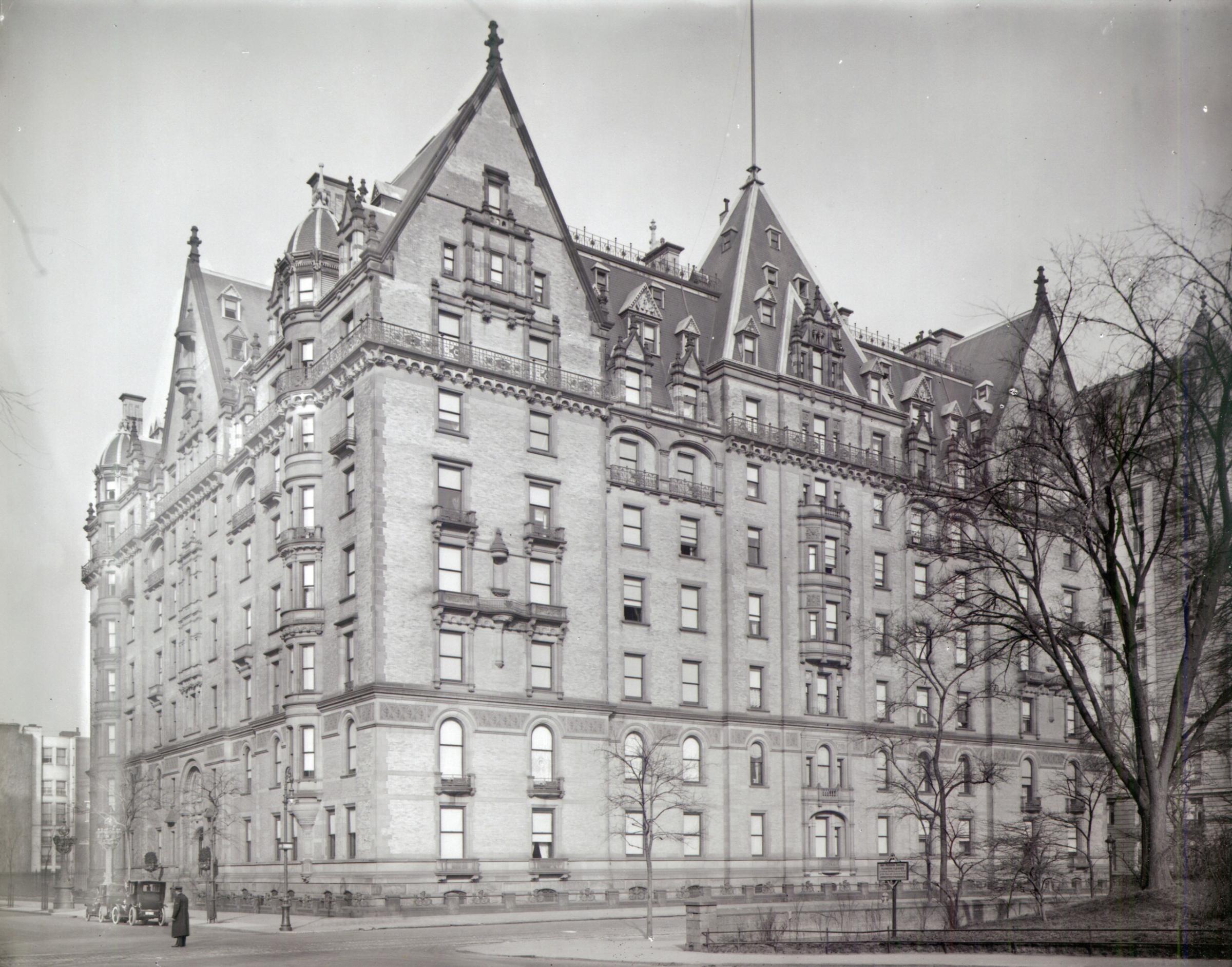
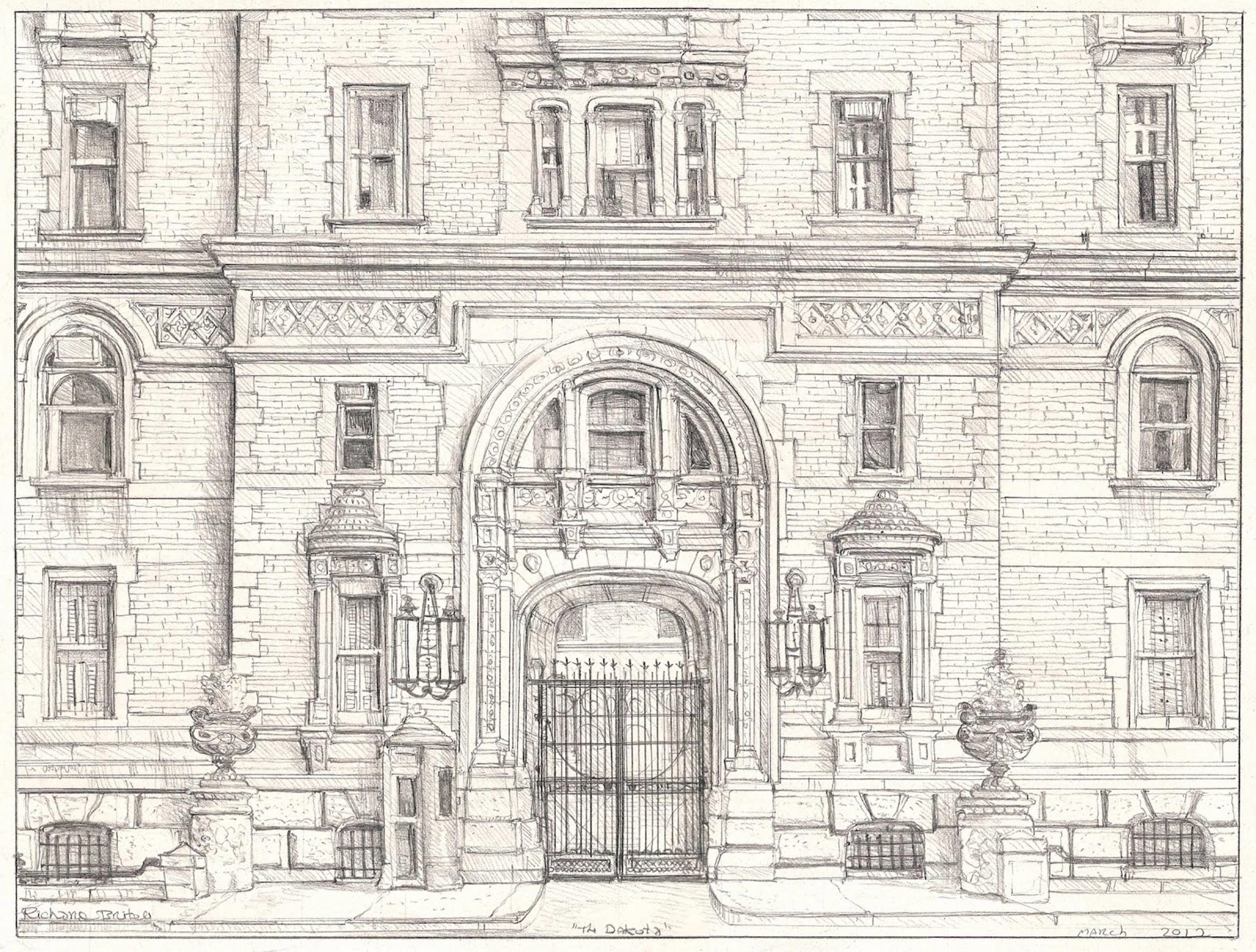

More Must-Reads from TIME
- Cybersecurity Experts Are Sounding the Alarm on DOGE
- Meet the 2025 Women of the Year
- The Harsh Truth About Disability Inclusion
- Why Do More Young Adults Have Cancer?
- Colman Domingo Leads With Radical Love
- How to Get Better at Doing Things Alone
- Michelle Zauner Stares Down the Darkness
Write to Lily Rothman at lily.rothman@time.com